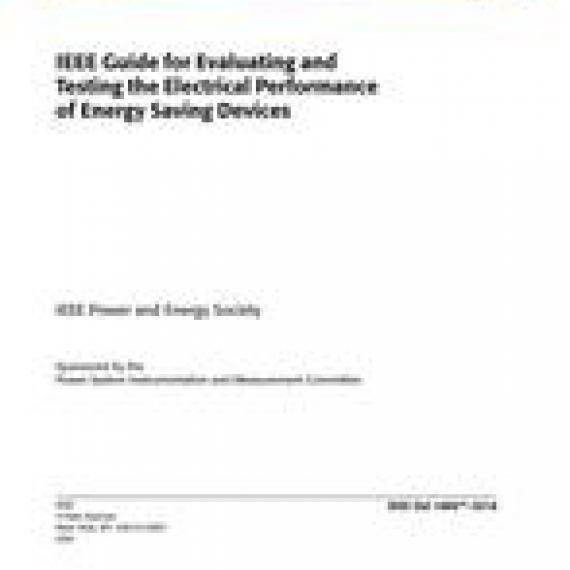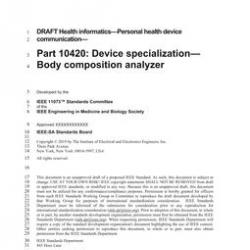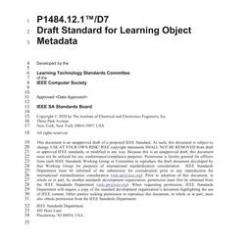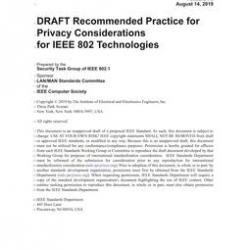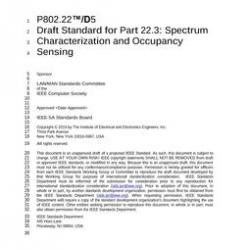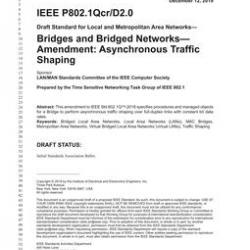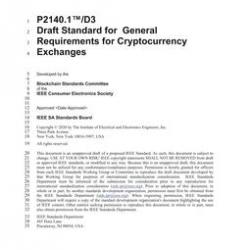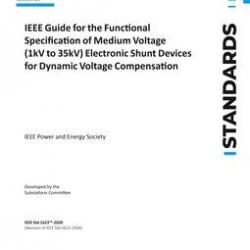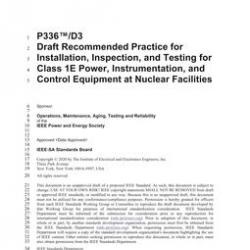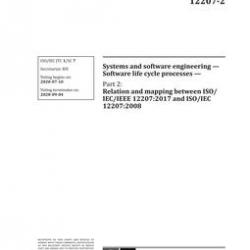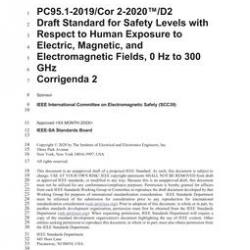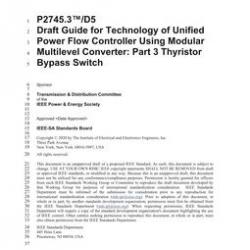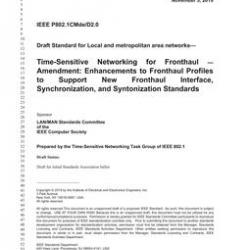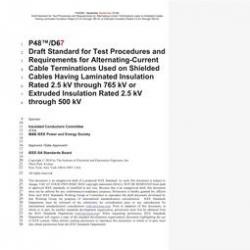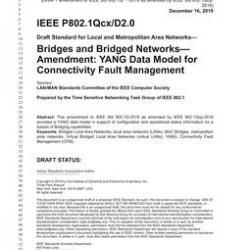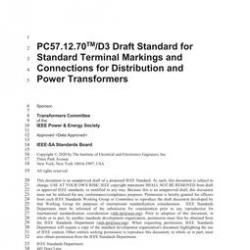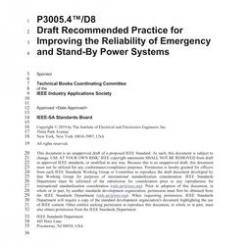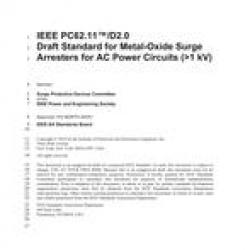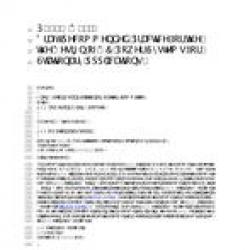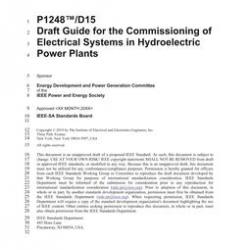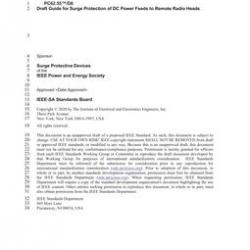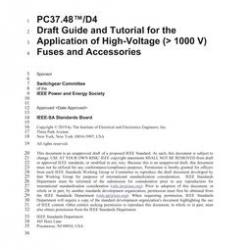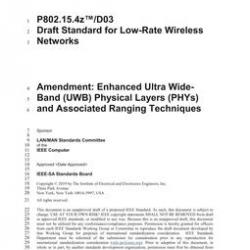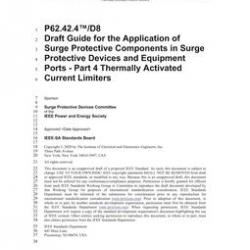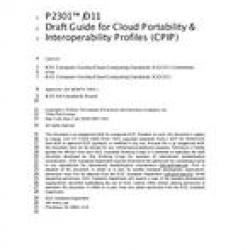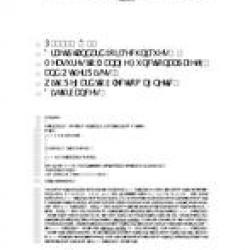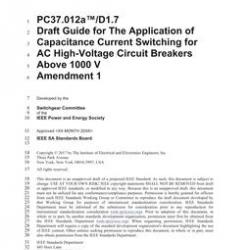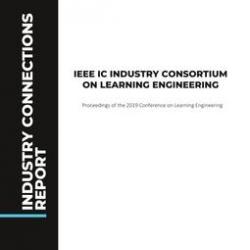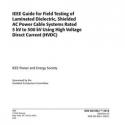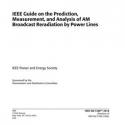Full Description
Scope
This guide describes methods to evaluate and test the electrical performance of energy saving devices (ESDs). It describes measurement methods that focus on monitoring the power consumed or generated by the observed load or generator without the ESD connected into the circuit and with the ESD connected and energized into the circuit. Detailed protocols describe step-by-step the testing circuits, the type and accuracy of evaluation instrumentation, and the order of the test measurements. Special emphasis is given to sources of measurement errors due to incorrect connection of instrumentation, inadequate instrumentation, or incorrect interpretation of results. Annex B contains practical examples and explains the physical mechanisms of phenomena that may cause errors. This guide applies to any electrically connected ESD controlling electrical power delivered from a source and powering an electrical load. While an independent, certified testing laboratory might be contracted to perform ESD testing, the intent of this standard is to provide guidance to those involved with ESDs wishing to obtain accurate and objective data to aid in evaluating ESD performance.
Purpose
It is the purpose of this guide to provide instructions for the measurement protocol of the most relevant electrical parameters such as voltage, current, kilowatts, and kilovars that are needed in determining the energy consumption of ESDs. This guide also provides guidance for measuring performance characteristics of various loads affected by the ESD, such as lumens, rotations per minute, torque, temperature, voltage, etc.
Abstract
New IEEE Standard - Active.Described in this guide are methods to evaluate and test the electrical performance of energy saving devices (ESDs). Measurement methods that focus on monitoring the power consumed or generated by the observed load or generator without the ESD connected into the circuit and with the ESD connected and energized into the circuit are described. Detailed protocols describe step-by-step the testing circuits, the type and accuracy of evaluation instrumentation, and the order of the test measurements. Special emphasis is given to sources of measurement errors due to incorrect connection of instrumentation, inadequate instrumentation, or incorrect interpretation of results. Contained in Annex B are practical examples and explanations of the physical mechanisms of phenomena that may cause errors. This guide applies to any electrically connected ESD controlling electrical power delivered from a source and powering an electrical load. While an independent, certified testing laboratory might be contracted to perform ESD testing, the intent of this standard is to provide guidance to those involved with ESDs wishing to obtain accurate and objective data to aid in evaluating ESD performance.

